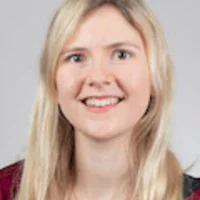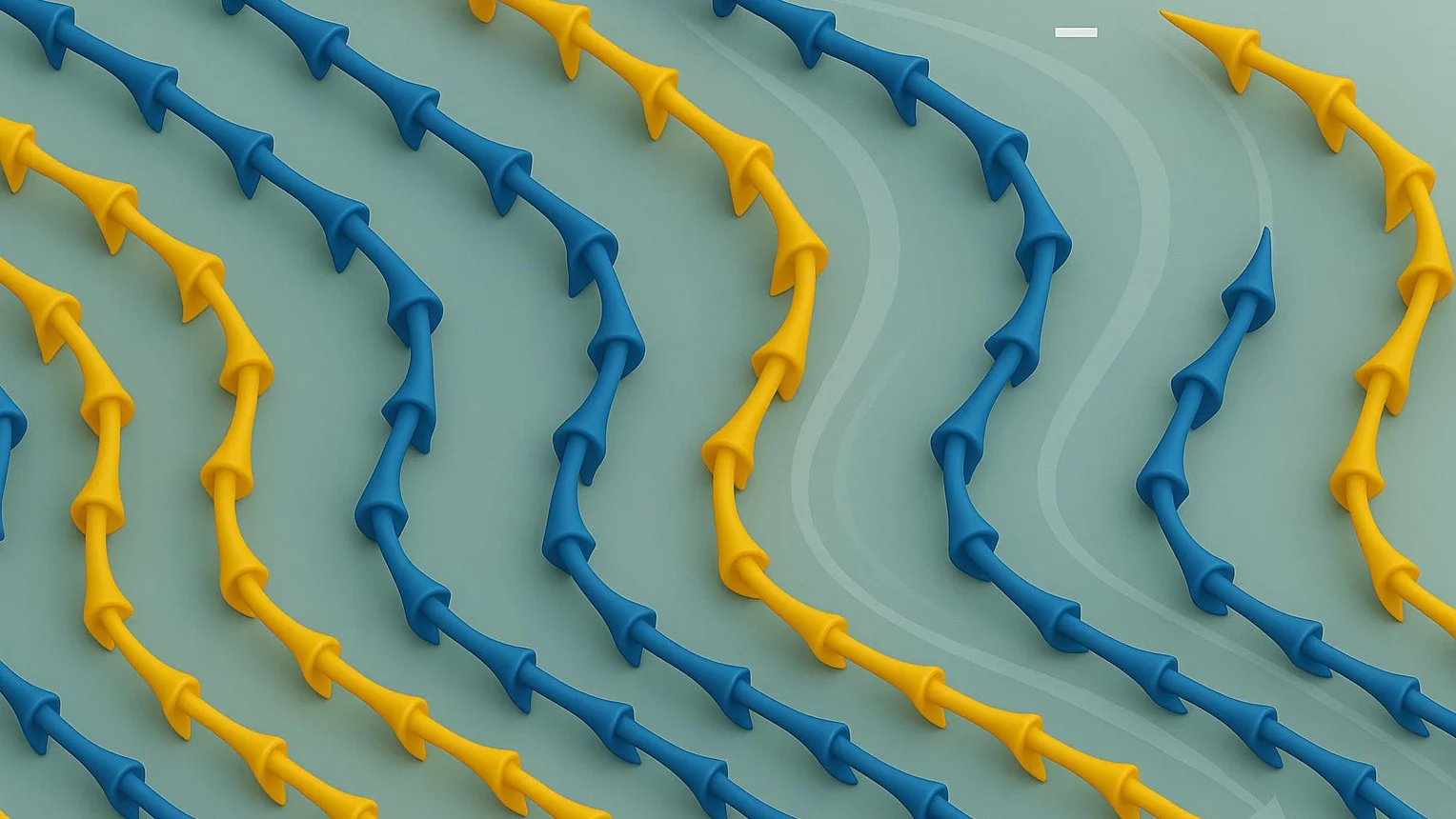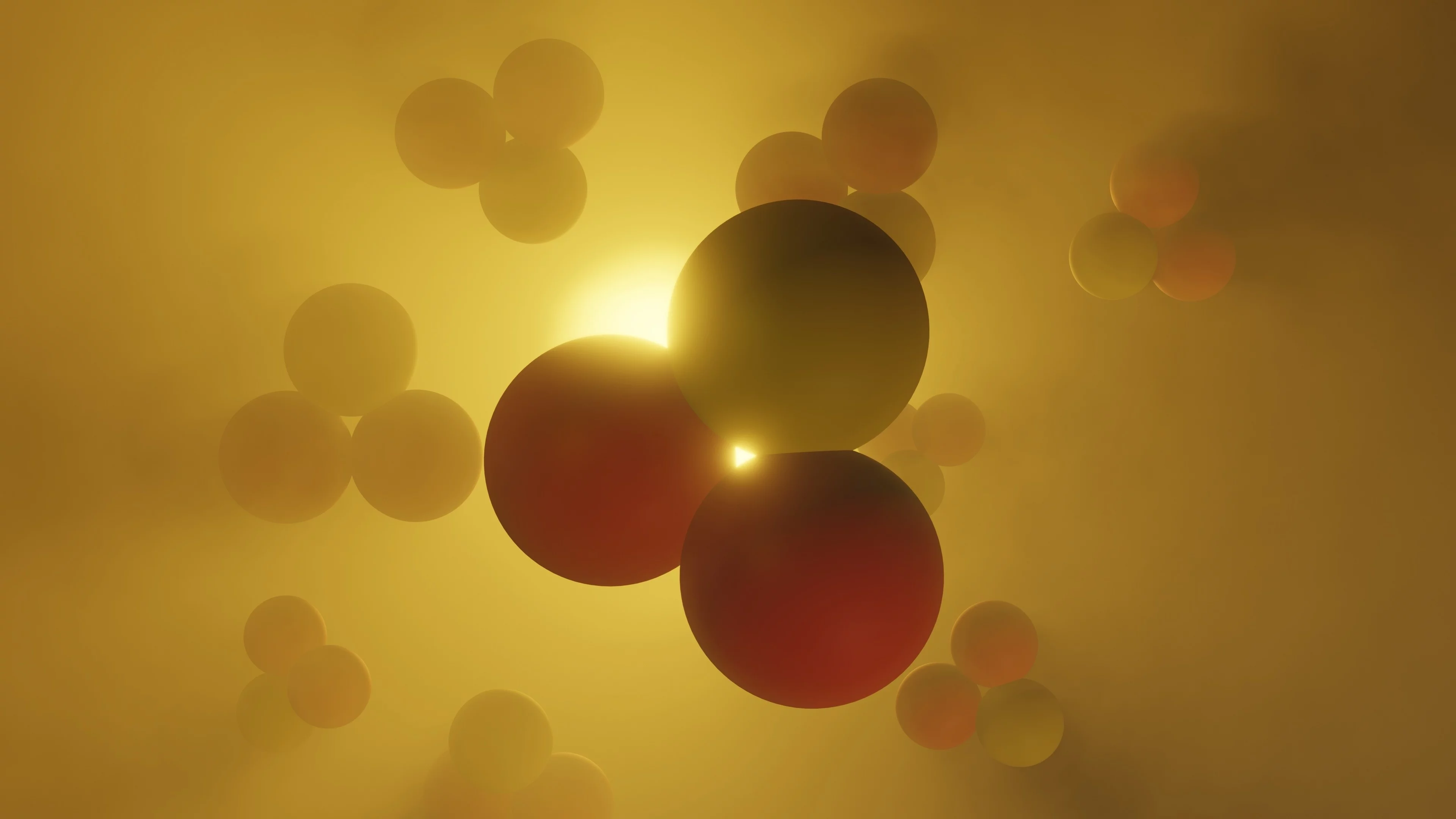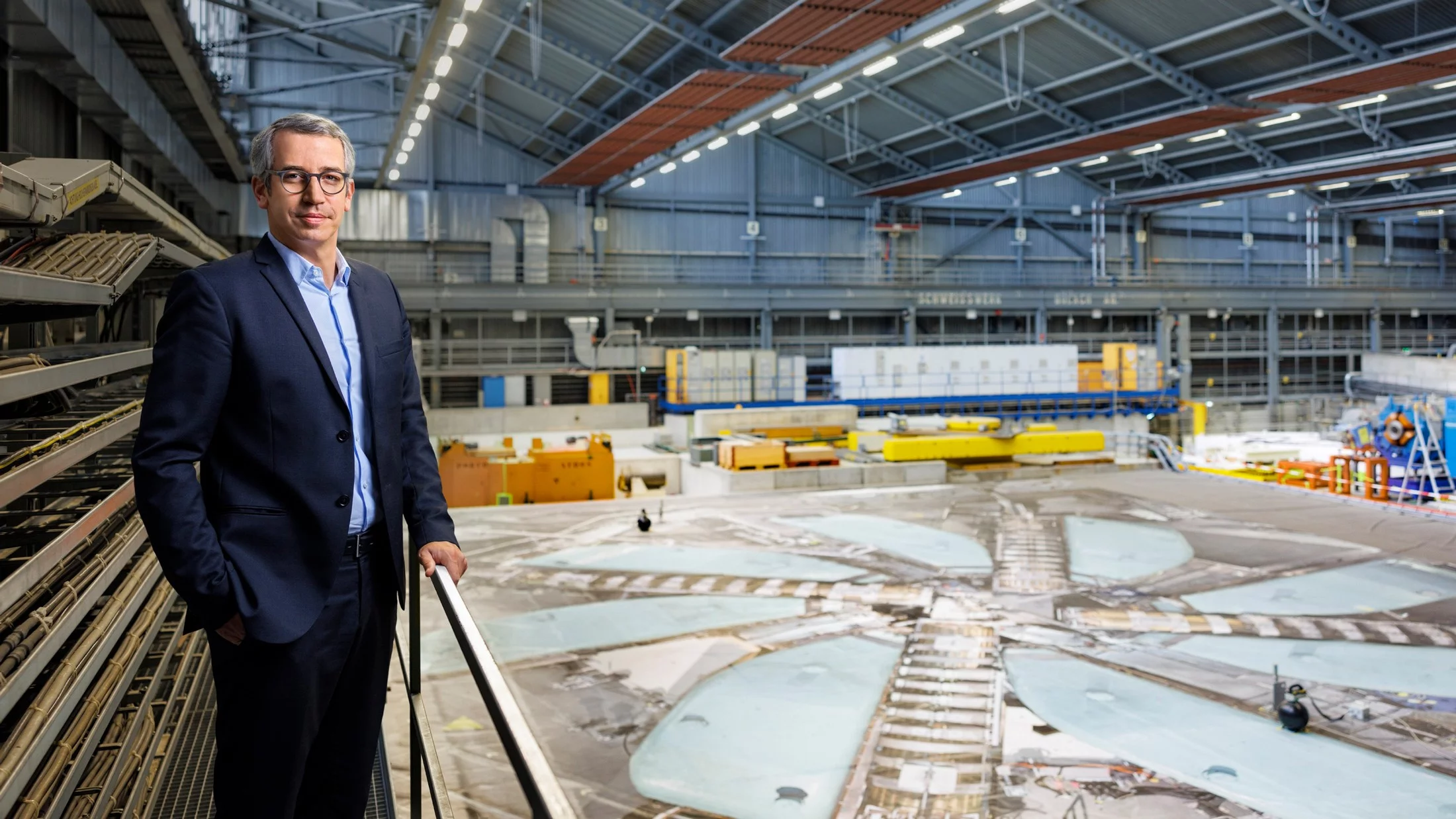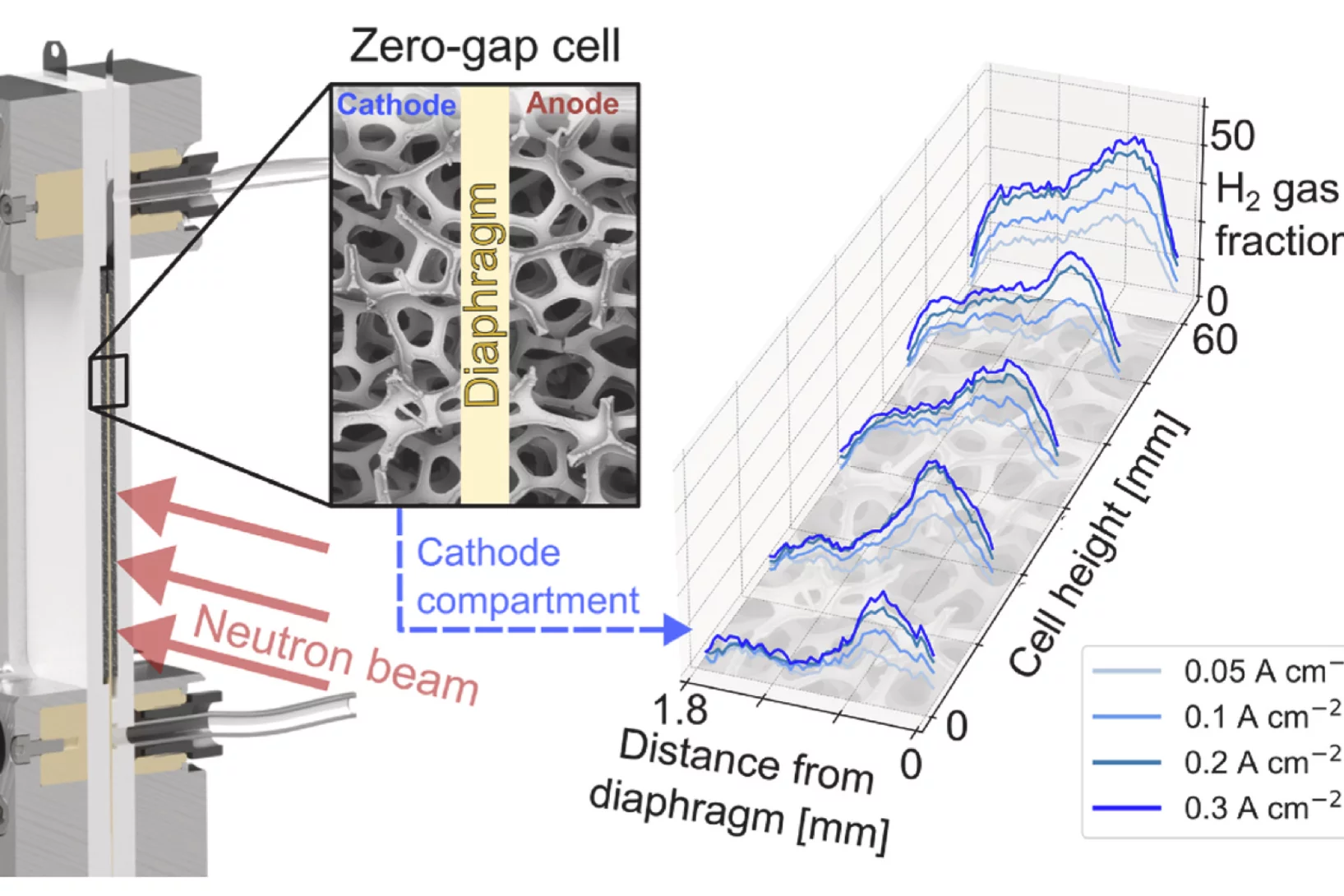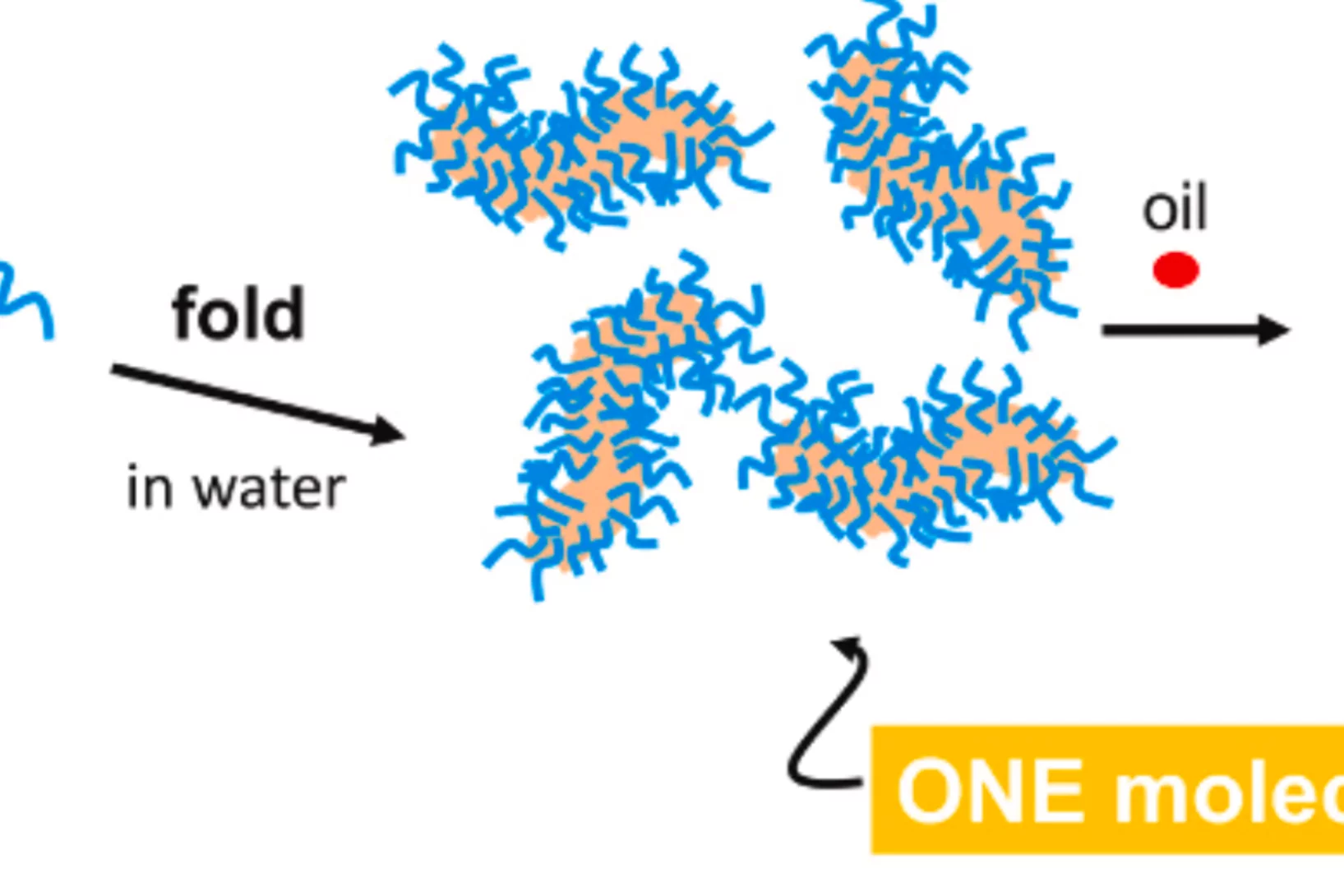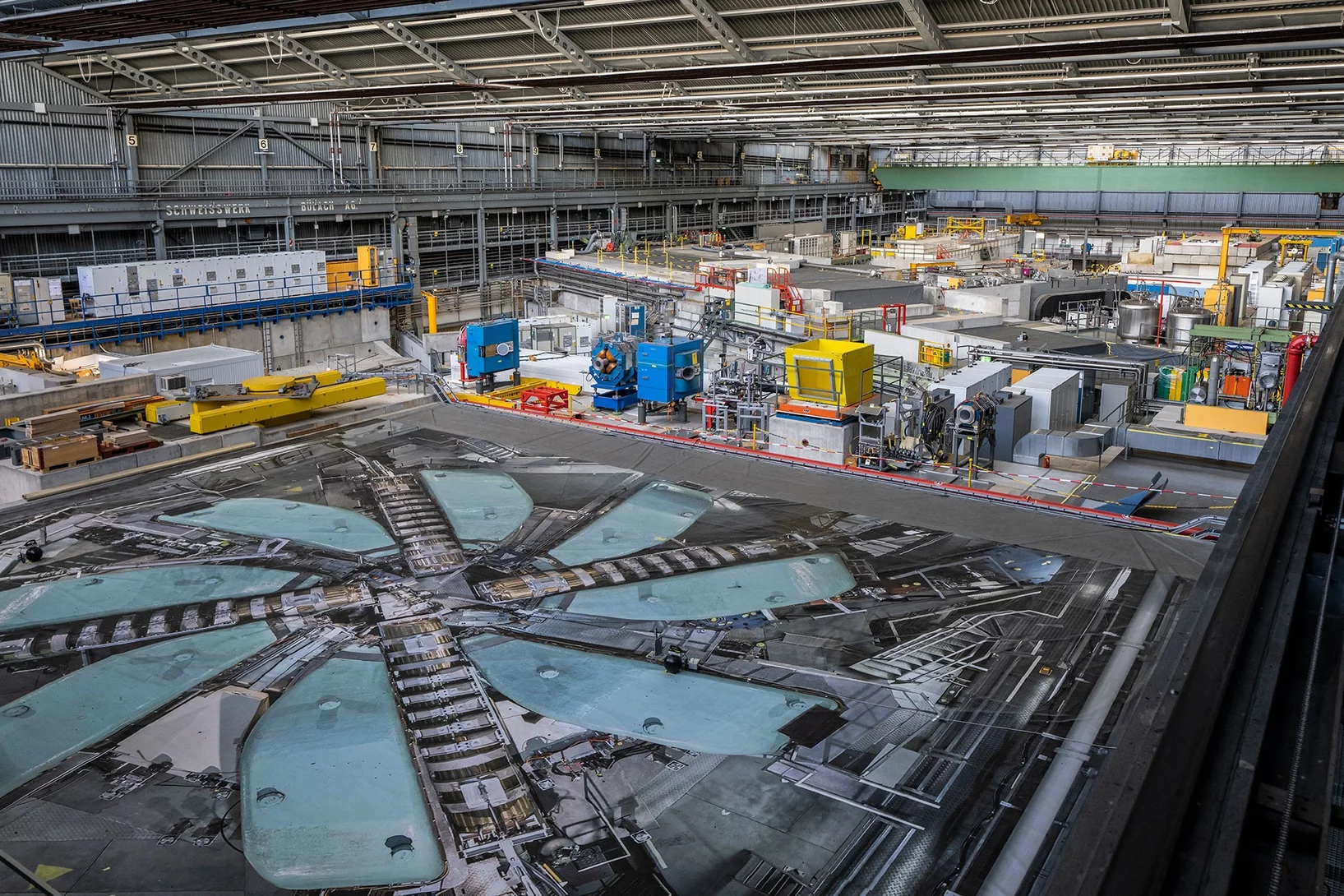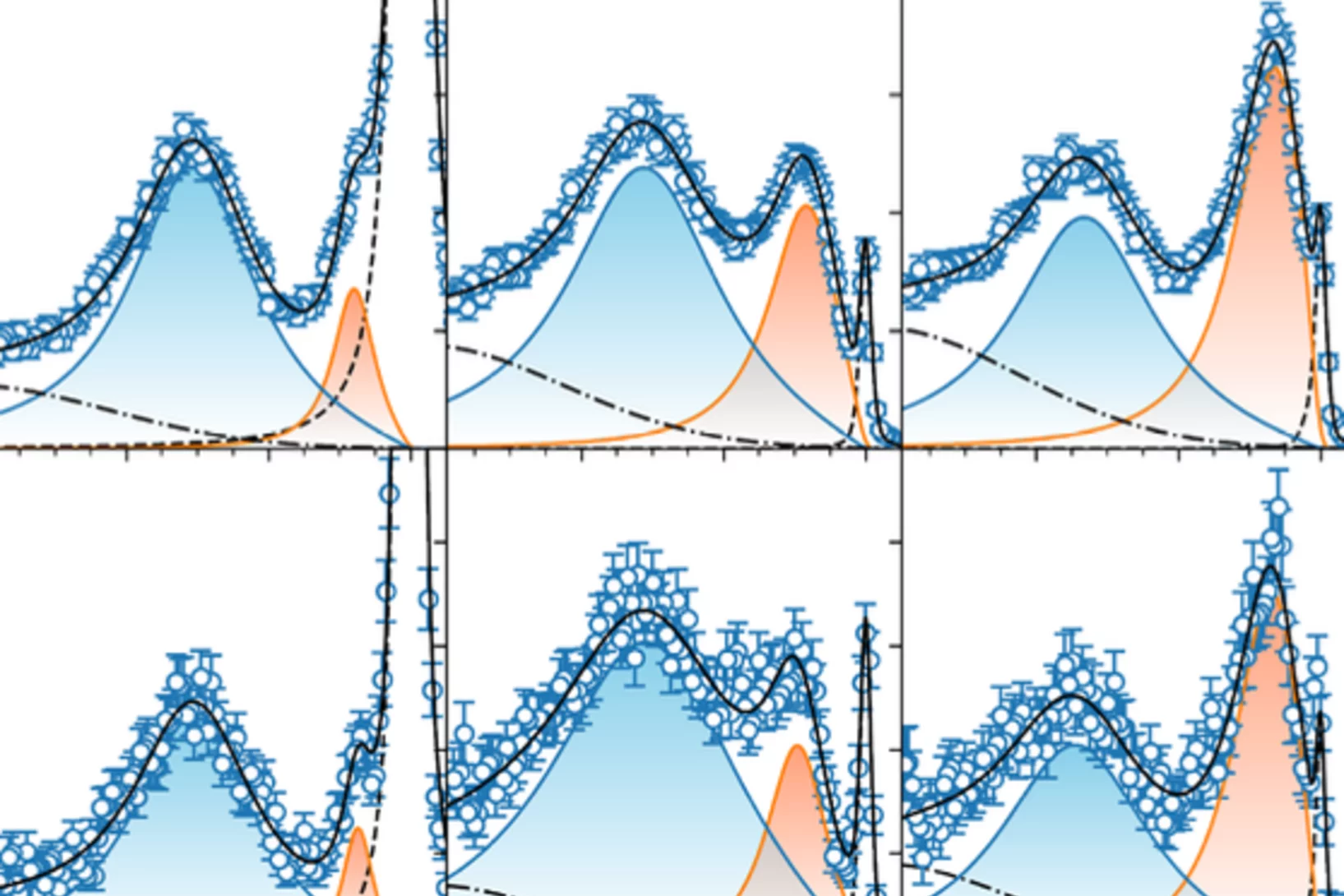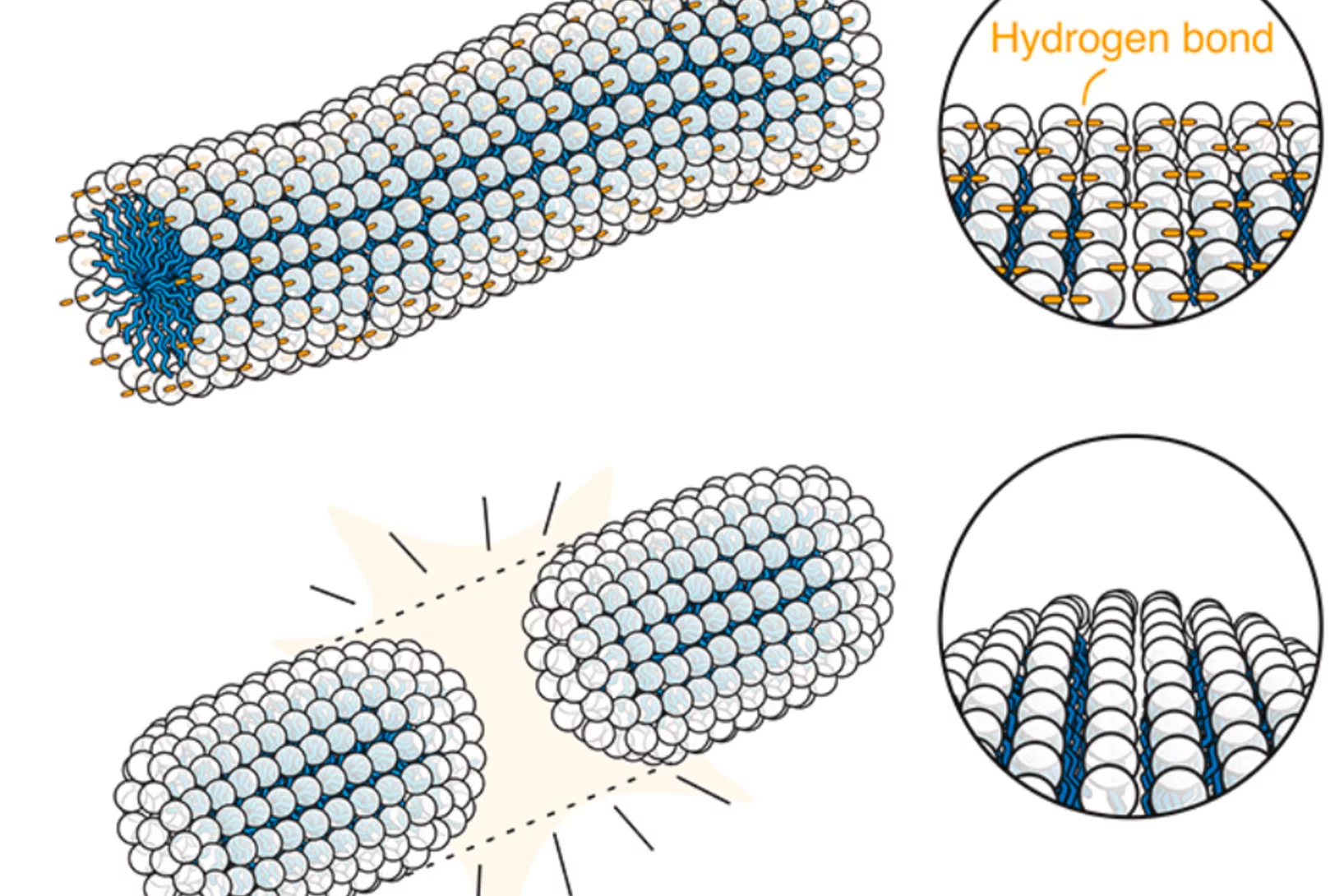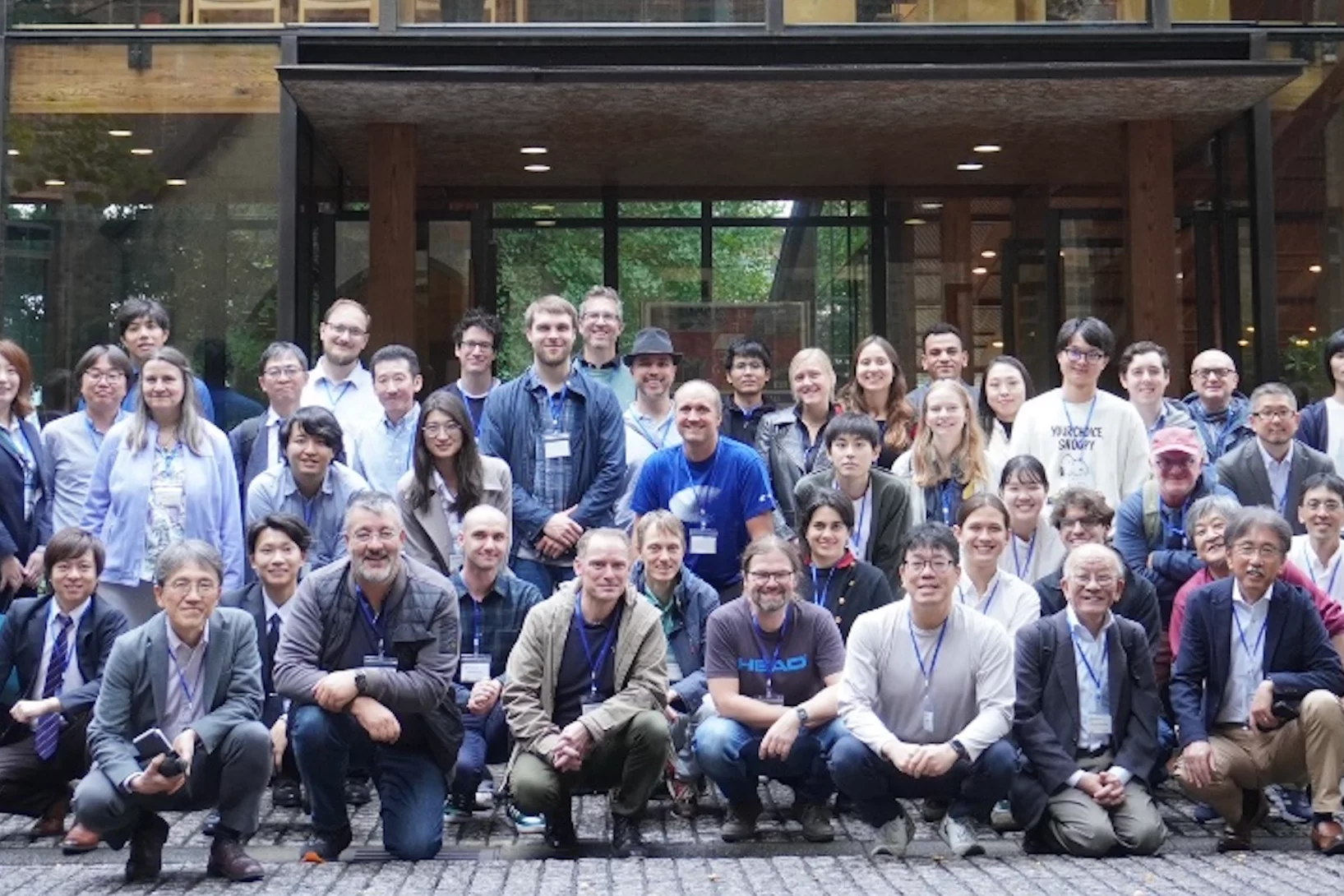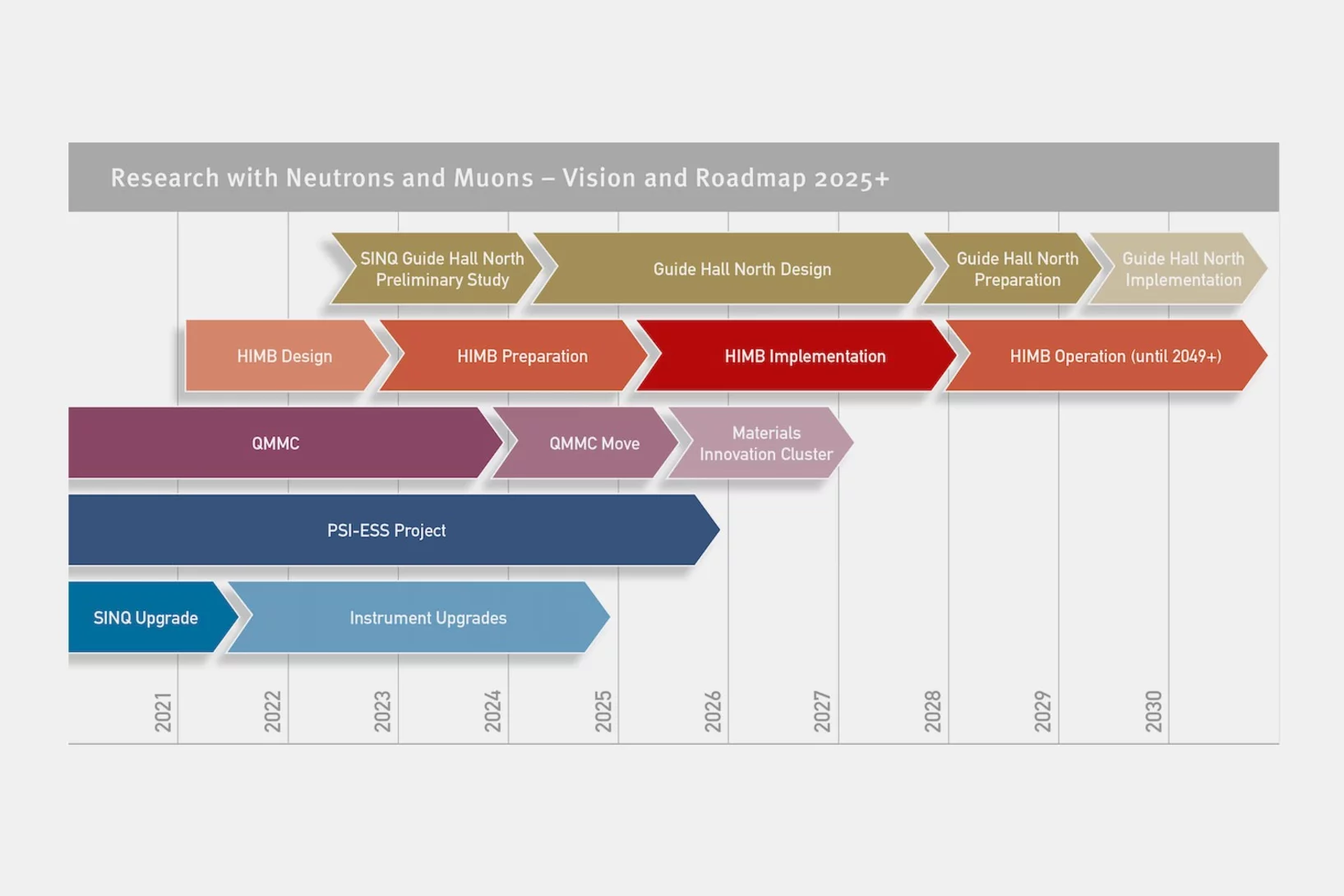The PSI Center for Neutron and Muon Sciences uses neutrons and muons to explore and understand matter and materials.
Recent News & Scientific Highlights
Operando neutron imaging of an alkaline electrolysis cell for mapping gas distributions
Optimizing hydrogen and oxygen transport within porous electrodes is essential for improving the efficiency of industrial alkaline electrolyzers. In this study, we utilize operando dynamic neutron radiographic measurements to investigate ...
Single-chain polymer nanoparticles for oil solubilization
We report on the oil solubilization of amphiphilic single chain nanoparticles (SCNPs) based on random copolymers composed of oligo(ethyleneglycol) methacrylate (OEGMA) and anthracene methacrylate (AnMA). Small-angle X-ray scattering (SAXS) combined with molecular dynamics simulations reveal ...
SμS call for proposals I-26 is open
The call for SμS proposals I-26 (deadline 01 December 2025) is open now.
Coexistence of Insulatorlike Paramagnon and Metallic Spin-Orbit Exciton Modes in SrIrO3
We probe the spectrum of elementary excitations in SrIrO3 by using heterostructured [(SrIrO3)m / (SrTiO3)l] samples to approach the bulk limit. Our resonant inelastic x-ray scattering (RIXS) measurements at the Ir L3 edge reveal ...
Hydrogen bonding exacerbates viscoelasticity of amino acid– and betaine surfactant self-assemblies
Many day-to-day materials rely on formulations of surfactants to control flow, texture and application. Inspired by the pairing of bases between DNA strands, we demonstrate enhanced control ...
Second BRIDGE Workshop in Tokyo
The second BRIDGE workshop, “Bridging Research Innovations in Diverse muon and neutron science by GEneral collaboration between Japan and Switzerland”, took place at the University of Tokyo on October 20-22, 2025
Our Facilities
Latest CNM publications
-
Hromov A, Zorko A, Gomilšek M, Puente Orench I, Keller L, Shiroka T, et al.
Incommensurate magnetic order arising from frustrated interchain interactions in the spin-1/2 chain compound AgCuVO4
Physical Review B. 2025; 112(13): 134433 (6 pp.). https://doi.org/10.1103/htsq-xl8t
DORA PSI -
Saliba M, Lehmann E, Trtik P, Lamirand V, Pautz A, Pakari O
Simulations of a new neutron imaging station at the CROCUS zero power reactor
In: Lyoussi A, Carette M, Fanchini E, Joyce M, Hodák R, Laera L, et al., eds. ANIMMA 2025 – Advancements in nuclear instrumentation measurement methods and their applications. Vol. 338. EPJ Web of Conferences. Les Ulis Cedex A: EDP Sciences; 2025:04012 (6 pp.).
DORA PSI -
Porée V, Bhardwaj A, Lhotel E, Petit S, Gauthier N, Yan H, et al.
Dipolar-octupolar correlations and hierarchy of exchange interactions in Ce2Hf2O7
Physical Review B. 2025; 112(18): L180404 (7 pp.). https://doi.org/10.1103/j451-ztvr
DORA PSI -
Kurenkov A, Maes J, Pac A, Macauley GM, Van Waeyenberge B, Hrabec A, et al.
Perpendicular-anisotropy artificial spin ice with spontaneous ordering: a platform for reservoir computing with flexible timescales
Communications Engineering. 2025; 4: 183 (11 pp.). https://doi.org/10.1038/s44172-025-00499-y
DORA PSI


